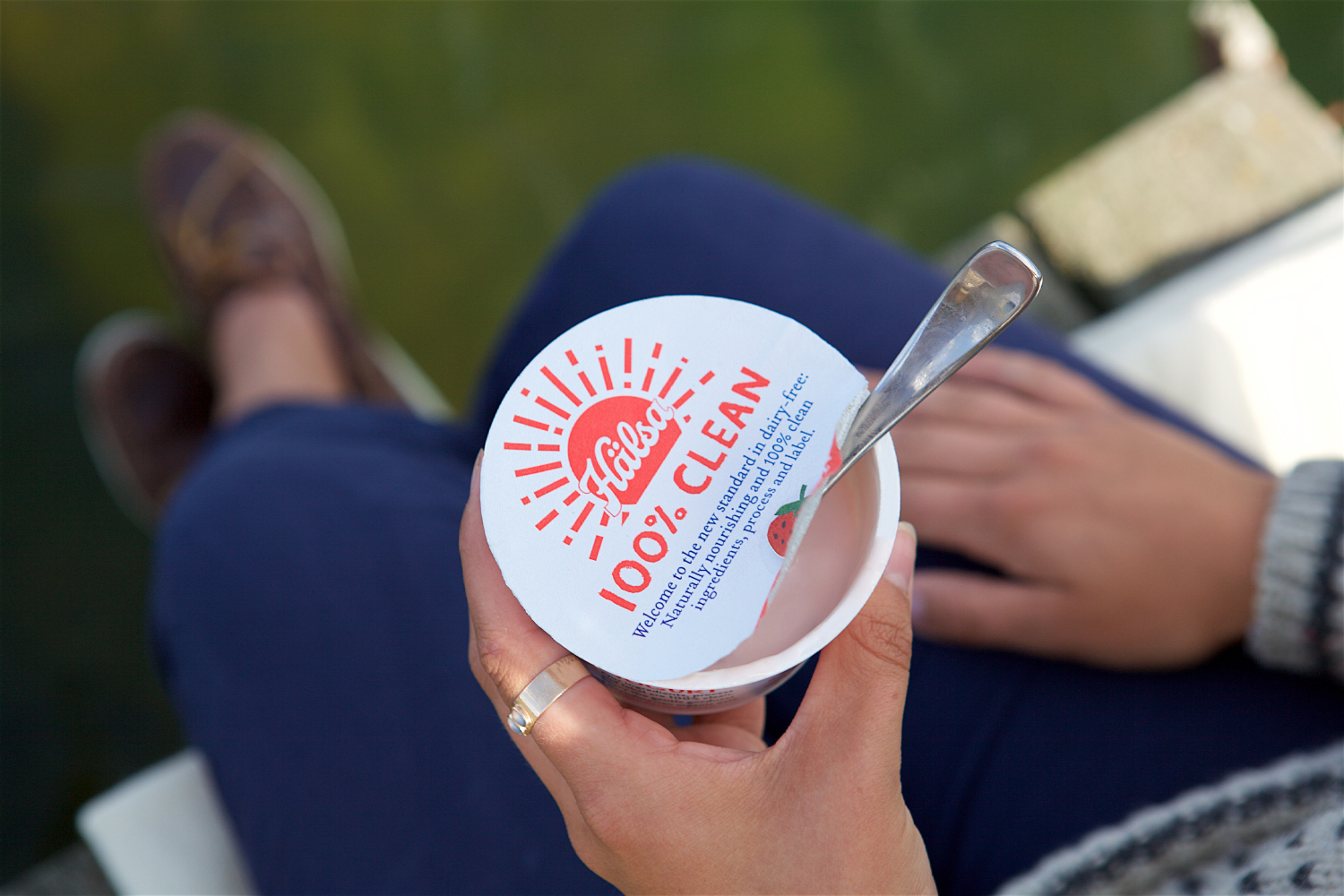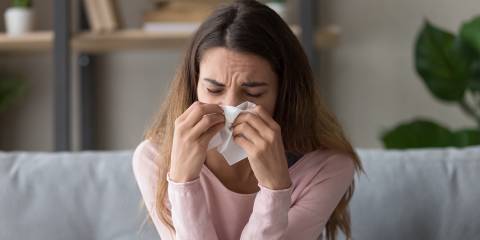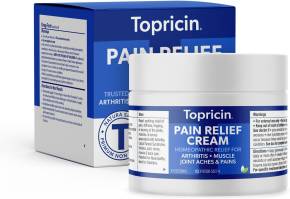Grocery shelves are filling up with products claiming to be “clean.” But what does clean really mean?
Is it just another marketing gimmick, a new trend or something important we should know about food?
Helena Lumme on "Clean Food"
Helena Lumme founded her company, Hälsa Foods, on the core principle of making 100% clean, plant-based foods. She spent four years developing her product line of organic oatmilk yogurts and figuring out what it takes to make a completely clean plant-based product.
Here, Taste for Life catches up with Helena to explore the journey!
What does “clean food” mean?
“Clean food” refers to whole, unprocessed food that is as close as possible to its natural state, like fruits and veggies, whole grains, and meals made at home from scratch.
In packaged foods the term “clean label” describes foods made without artificial ingredients. It means that when you read the label you should be able to recognize every ingredient.
With Hälsa, my goal is to establish standards of what kind of products can be called clean, so that consumers would have more confidence in the promise of “clean.”
All Hälsa 100% clean products must meet the following criteria:
- Made with organically grown ingredients free of pesticide residue
- Manufactured in a way that doesn’t use any chemicals or enzymes at any point
- The final product doesn’t contain a single artificial or processed ingredient
Is “clean label” enough?
Clean label doesn’t tell the full story because the ingredients themselves, if not organically grown, can contain pesticide residue. Secondly, with plant-based products, the process of making alternative milks or meats can itself be chemical-heavy, yet those chemicals are not disclosed on the label.
For example, many oatmilks are made in a process called enzymatic hydrolysis in which oats are put in an enzyme bath to break down starch to high-glycemic index sugar. This process involves chemicals, but FDA guidelines do not require those chemicals to be disclosed on the label.
So far consumers have been buying plant-based foods regardless of how heavily processed they are. I believe this will change in the future as consumers start to demand more transparency and cleaner plant-based options.
Why are food chemicals harmful?
Our bodies are not designed to digest chemicals. Food additives destroy the good bacteria in the gut, weaken our immune response, and put our bodies at greater risk of inflammation. As the use of food chemicals has multiplied in the U.S., the rates of obesity, allergies, gastrointestinal ailments such as IBS, Crohn’s disease, and other ailments have soared. Even colorectal cancer among younger people is on the rise.
Why do food companies use so many additives?
To save time and money. Artificial ingredients are cheaper than real ingredients, and much cheaper than organically grown ingredients. Secondly, creating a nutritious and delicious plant-based product takes time and requires months of testing to get the taste, texture, and nutritional content right. Food additives provide a convenient shortcut.
The plant-based boom has increased the use of food additives because to get products to mimic dairy or meat, manufacturers rely more heavily on artificial ingredients that bind and emulsify ingredients.
How do I recognize a food additive?
This is the tricky part because FDA allows food chemicals to be described in several different ways. For example, a widely used emulsifier carrageenan is sometimes called “Irish moss” or “red seaweed,” terms that sound natural to consumers. However, there’s so much processing involved that the final ingredient bears little resemblance to its original form and may even be carcinogenic. The consumer is left to do the detective work.
That’s why Hälsa adheres to European standards. According to the European Food Safety Authority (EFSA), all food additives must be labeled as E-code ingredients (the letter “E” followed by either three or four numbers) so that consumers can spot artificial ingredients right away.
How did your own journey to clean food start?
Ten years ago my husband and I imported the first oatmilks to the United States. While the product tasted great, we weren’t happy about how processed it was. So we went to work to develop a completely clean oatmilk that had all the health benefits of intact whole grain oats.
This was five years before the first oatmilks showed up on U.S. shelves, so you can imagine how difficult it was to find investors who would support our vision.
What is “cleanwashing”?
Clean is not the same as organic or GMO-free. Many certified organic and certified non-GMO products contain artificial ingredients.
Is “natural flavor” a food chemical?
The phrase “natural flavors” is misleading because it refers to a combination of natural and synthetic flavors. For some reason FDA allows the use of this phrase. Unfortunately, these days “natural flavors” are in just about every packaged food and drink, even herbal teas.
On the other hand, “organic flavors” cannot contain anything synthetic as every ingredient has to be certified organic. Consumers may also not be aware that vitamins and minerals added to foods are synthetic.
What about the various food gums that appear on the label?
Thickening agents and stabilizers such as xanthan gum and gellan gum are found in many food products, especially those designed to be gluten-free. They were invented by chemical companies and were later adopted by the food industry. Xanthan gum for example, called E415 in Europe, was invented in the 1960s as a binder to make toilet bowl cleaners stick to the surface.
Food gums are useful to food manufacturers because they bind, thicken, and create an artificially supple texture. But they are also highly processed, and can irritate the stomach.
How can people start eating cleaner?
Choose real foods that support good health by looking for ingredients you recognize and use in your own kitchen.
There is power in voting with your dollars. I founded Hälsa to give people, myself included, a delicious, nutritious, clean alternative to the over-processed, excessively sweetened foods we see everywhere. As more people demand and buy clean foods, more companies will produce them.





